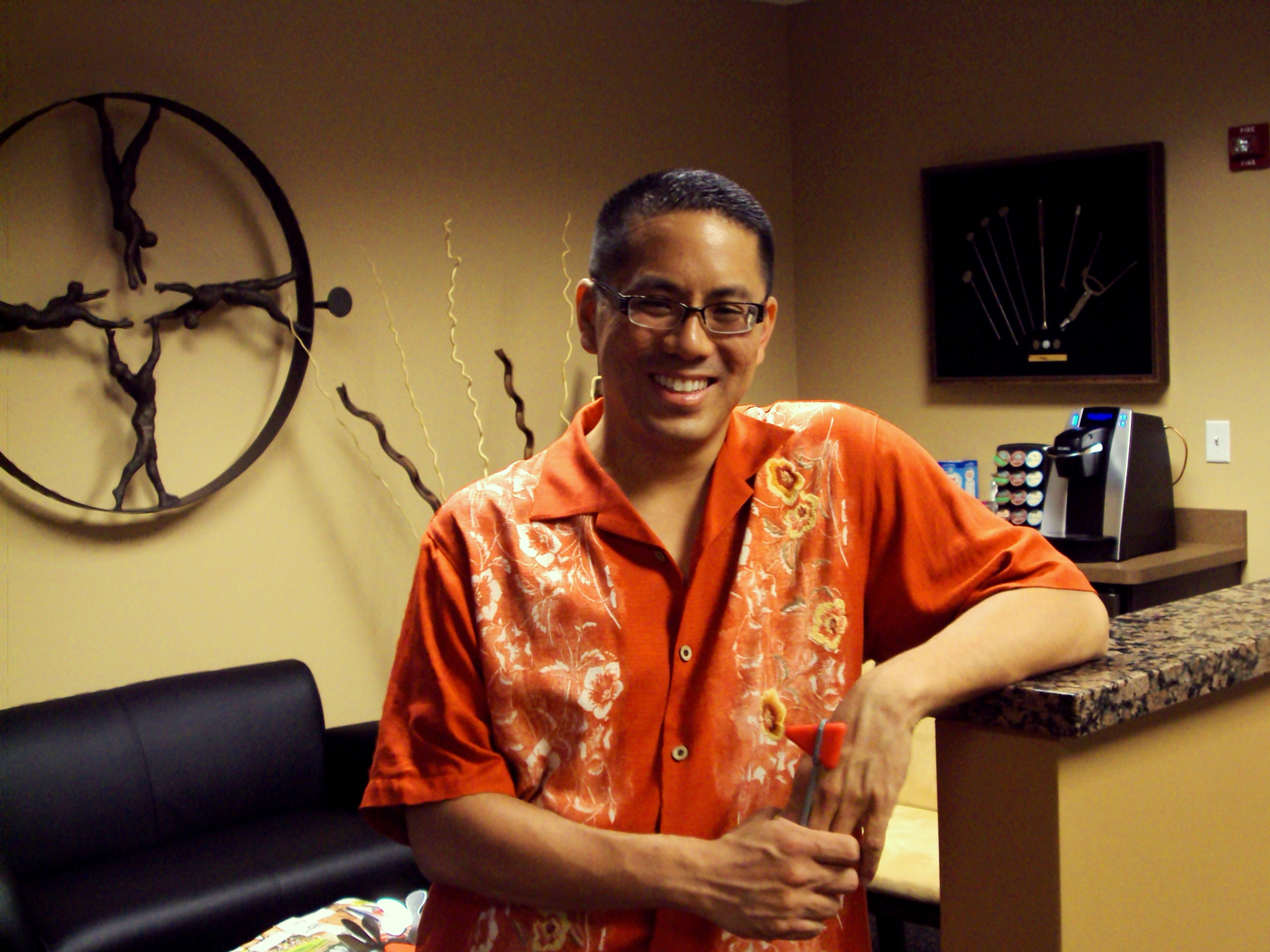“Spinal fusion used to be a very scary thing,” said Dr. Rey Bosita, an orthopedic spine surgeon on the medical staff at Texas Health Center for Diagnostics and Surgery in Plano. “Ten or 20 years ago, if a doctor recommended that a patient needed a spinal fusion, that would be a life changing event. Our technology has evolved and the surgical techniques have improved to minimize the operative time, to minimize the blood loss, and to minimize time in the hospital.”
Most importantly, surgeons are obtaining better results than ever for their patients with spinal fusion surgery, reducing back pain, neck pain or other painful symptoms.
“The results after spinal fusions, both in the cervical spine and in the lumbar spine, have improved dramatically over the last 20 years or so because our techniques are better,” said Dr. Bosita. “The operative time is less, the fusion rates are more predictable, and we have better ways of screening patients to help ensure to they will actually get better after surgery.”
What is Spinal Fusion Surgery?
Spinal fusion surgery has improved quality of life for hundreds of thousands of people worldwide who were suffering back pain, neck pain or other painful symptoms caused by a spinal condition. It’s not right for everyone, but for many patients, this type of spine surgery offers relief and a chance to return to normal activities.
Surgeons typically recommend spinal fusion when severe degeneration and instability are the sources of pain. This painful motion in the spine may be due to arthritis, degenerative disc disease, trauma or a fracture. By limiting the motion of painful vertebrae, fusion surgery can help to reduce or eliminate pain.
In simple terms, spinal fusion surgery links, or fuses, painful or unstable vertebrae (small bones in the spine) together so that they heal into a single, solid bone. Spinal fusion may be performed in any area of the spine; most commonly it’s done in the cervical (neck) spine or lumbar (low back) area of the spine.
Spinal fusion may be performed for a variety of spine-related conditions, including:
-
Degenerative disc disease, in which age-related changes can cause wear and tear on the spinal discs.
-
Spondylolisthesis, a condition caused by a vertebra that slips forward over the bone below it.
-
Spinal stenosis, a narrowing of the spinal canal that puts pressure on the nerves within the spine canal.
-
Scoliosis, curvature of the spine.
-
Herniated disc, when a fragment of the disc nucleus pushes out beyond the annulus into the spinal canal. Some herniated discs cause no symptoms, however, some can cause pain, numbness, or weakness in an arm or leg.
-
Fractured vertebra due to injury or trauma.
Typically, spine surgery is recommended only when the surgeon can pinpoint the source of the pain, using imaging tests, such as X-rays, computed tomography (CT) scans, or magnetic resonance imaging (MRI) scans.
Spinal fusion surgery involves the use of some type of bone material, called a bone graft, to help the vertebrae heal together into a solid bone. Typically, small pieces of bone are placed into the space between the vertebrae to be fused. In the past, bone grafts were “autografts” – the bone material was harvested from the patient's pelvis. This step required an additional incision during the operation and sometimes led to increased pain after the operation. Today, surgeons have several other options, including an allograft (cadaver bone, acquired through a bone bank) or artificial bone graft materials. Your surgeon will recommend the best type of bone graft material for your condition and procedure.
In some instances, disc replacement surgery may be an alternative to spinal fusion surgery, especially in cases where a lumbar or cervical disc has been damaged, deteriorated or herniated (a “bulging” disc.) Disc replacement is typically less invasive than spinal fusion, but it’s not suitable in every case.
As with most types of spine surgery, fusion is usually recommended only after conservative measures (such as rest, physical therapy and medications) have been tried without relief.
“People always ask me, ‘When is the right time to have a fusion?’” said Dr. Bosita. “The right time to have a fusion done is when you can't take it anymore. That may be weeks, or months, or years, but at some point, patients don't want to give up any more of their lifestyle. They want to go to Disney World, or to be able to walk into a Cowboys game. They want to be able to sit and watch grandkids or children play sports. Sometimes the pain can be so bad that that a person will be isolated from their family and not be able to participate in things like weddings and graduations.”
Steps to Spinal Fusion Surgery
If you and your surgeon determine that spinal fusion is right for you, the next step is to schedule and prepare for the surgery.
“Once a patient has been identified as a candidate for a spinal fusion, we'll make sure that they are medically cleared to have the surgery done,” said Dr. Bosita. “We'll ensure that all the proper diagnostic workup has been completed.”
Spinal fusion surgery is carried out safely every day. However, like any other spine surgery, it does involve some risks and the potential for side effects. It’s important to understand the risks associated with spinal fusion. Your surgeon will discuss the risks with you.
After surgery, most patients do experience some pain. That’s a natural part of the healing process. Your doctor and nurses will work to help you manage your pain, which can help speed your recovery. Medications may be prescribed for short-term pain relief after surgery.
The fusion process takes time. It may be several months before the bone is solid, although your comfort level will often improve much more quickly. During the recovery period, it’s important to keep the fused spine in proper alignment. Patients are given instructions on how to move properly, reposition, sit, stand, and walk.
“After the surgery is done, we check on patients periodically to make sure that the fusion is healing properly,” said Dr. Bosita. “Most patients will go through postoperative physical therapy with the goal of restoring function, improving range of motion, and decreasing pain medication use.”
Physical therapy usually begins 6 weeks to 3 months after spine surgery. Ask your surgeon whether physical therapy is needed in your situation.
Symptoms improve gradually. Most patients are up and moving immediately after surgery, but limited to light activity, like walking, at first. As the patient regains strength, they slowly increase activity levels. As with any medical procedure, maintaining healthy habits, eating a good diet and following your doctor's instructions will greatly increase your chances for a successful outcome.
If you or someone you know is considering spinal fusion surgery, take the next step and make an appointment with an experienced spine specialist. Our patient navigator is standing by to help you find the doctor that is right for you! Call or email today.

